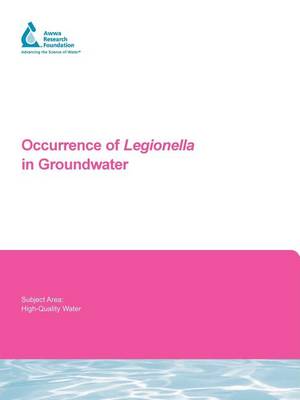Legionella spp. in groundwater sources have been reported to be the cause of waterborne infections, specifically Legionnaire?s Disease and Pontiac Fever. Legionellae are known to be ubiquitous in surface waters, but much less is known about their occurrence in groundwater, which is the source of potable water for millions in North America. Federal drinking water regulations may not eliminate the threat of Legionella exposure from groundwater-derived drinking water. The primary reason is because current regulations focus on fecal contamination. Presently, there is no evidence that demonstrates an association between fecal contamination and Legionella. This was a two-phased study. A literature review of groundwater temperatures in the United States was conducted and two warm-water sites were selected to demonstrate that Legionellae could be isolated from environmental samples. Legionellae were detected by combining a quantitative culture method (considered the gold standard) with a qualitative semi-nested PCR assay. The use of immuno-magnetic separation (IMS) was also evaluated to selectively capture Legionellae from the samples. This is the first comprehensive study on the presence of Legionellae in groundwaters and its findings suggest that untreated well waters must be considered as potential sources of these opportunistic pathogens. Based on the level of contamination observed and the general assumption that all Legionella species should be considered pathogenic, we recommend that Legionella be considered for regulation in any future rules on groundwater quality. Originally published by AwwaRF for its subscribers in 2004. This publication can also be purchased and downloaded via Pay Per View on Water Intelligence Online - click on the Pay Per View icon below
- ISBN10 1843398818
- ISBN13 9781843398813
- Publish Date 31 August 2004
- Publish Status Out of Print
- Out of Print 2 March 2017
- Publish Country GB
- Imprint IWA Publishing
- Format Paperback
- Pages 184
- Language English
